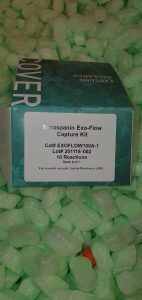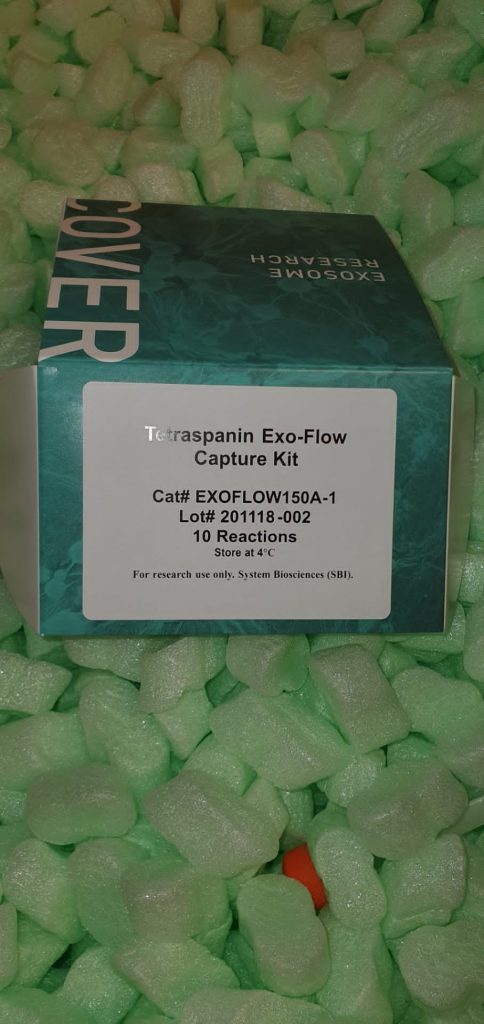Top-down proteomics is a key mass spectrometry-based know-how for complete evaluation of proteoforms. Proteoforms exhibit a number of excessive cost states and isotopic kinds in full MS scans. The dissociation habits of proteoforms in totally different cost states and subjected to totally different collision energies is extremely variable. The present broadly employed data-dependent acquisition (DDA) technique selects a slender m/z vary (akin to a single proteoform cost state) for dissociation from essentially the most ample precursors. We describe right here Mesh, a novel dissociation technique, to dissociate a number of cost states of 1 proteoform with a number of collision energies.
We present that the Mesh technique has the potential to generate fragment ions with improved sequence protection and enhance identification ratios in top-down proteomic analyses of complicated samples. The technique is carried out inside an open-source instrument management software program program named MetaDrive to carry out actual time deconvolution and precursor choice. To higher perceive molecular mechanisms and discover biomarkers for the pathogen throughout LTBI, we cultured strains of Mycobacterium tuberculosis (Mtb) beneath stress situations, mimicking these in the host granuloma intracellular setting, to induce entry into the non-replicating persistence stage.
The stresses included hypoxia, low pH (5.0), iron deprivation (100 μM of two, 2′-dipyridyl) and nutrient hunger (10% M7H9 medium). Three Mtb strains have been studied: two medical isolates (drug-susceptible Beijing (BJ) and multidrug-resistant Beijing (MDR-BJ) strains) and the reference laboratory pressure, H37Rv. We investigated the proteomics profiles of those strains cultured in hectic situations after which validated the findings by transcriptional evaluation. NarJ (respiratory nitrate reductase delta chain) was considerably up-regulated on the protein degree and the mRNA degree in all three Mtb strains.
The narJ gene is a member of the narGHJI operon encoding all nitrate reductase subunits, which play a job in nitrate metabolism in the course of the adaptation of Mtb to hectic intracellular environments and the following institution of latent TB. The identification of up-regulated mRNAs and proteins of Mtb beneath stress situations might help growth of biomarkers, drug targets and vaccine antigens. The existence of latent tuberculosis an infection (LTBI) is without doubt one of the important obstacles hindering eradication of tuberculosis (TB).
Facile Preparation of Peptides for Mass Spectrometry Analysis in Bottom-Up Proteomics Workflows
Mass spectrometry (MS) is routinely used to establish, characterize, and quantify organic molecules. For protein evaluation, MS-based workflows might be broadly categorized as top-down or bottom-up, relying on whether or not the proteins are analyzed as intact molecules or first digested into peptides. This article outlines steps for making ready peptide samples for MS as a part of a bottom-up proteomics workflow, offering versatile strategies appropriate for discovery and focused analyses in qualitative and quantitative workflows.
Resulting samples include peptides of appropriate dimension for evaluation by MS instrumentation typically out there to trendy analysis laboratories, together with MS coupled to both liquid chromatography (LC) or matrix-assisted laser desorption/ionization (MALDI) interfaces. This article incorporates latest developments in methodologies and consumables to facilitate pattern preparation. The protocols are well-suited to customers with out prior expertise in proteomics and embody strategies for universally relevant suspension entice processing and for alternate in-solution processing to accommodate a variety of pattern varieties.
Cleanup, quantification, and fractionation procedures are additionally described. © 2021 The Authors. Basic Protocol: Preparation of high-complexity peptide samples for mass spectrometry evaluation utilizing S-Trap™ processing Alternate Protocol 1: Preparation of low- to moderate-complexity peptide samples for mass spectrometry evaluation utilizing in-solution processing Alternate Protocol 2: Detergent, polymer, and salt elimination from peptide samples earlier than mass spectrometry evaluation utilizing SP2 processing Support Protocol 1: Protein quantification utilizing Pierce 660 nm assay Support Protocol 2: Peptide quantification utilizing Pierce quantitative fluorometric peptide assay Support Protocol 3: High-pH fractionation of complicated peptide samples.

Discovery of Protein Modifications Using Differential Tandem Mass Spectrometry Proteomics
Recent research have revealed various amino acid, post-translational, and noncanonical modifications of proteins in various organisms and tissues. However, their unbiased detection and evaluation stay hindered by technical limitations. Here, we current a spectral alignment technique for the identification of protein modifications utilizing high-resolution mass spectrometry proteomics. Termed SAMPEI for spectral alignment-based modified peptide identification, this open-source algorithm is designed for the invention of practical protein and peptide signaling modifications, with out prior data of their identities.
Using artificial requirements and managed chemical labeling experiments, we exhibit its excessive specificity and sensitivity for the invention of substoichiometric protein modifications in complicated mobile extracts. SAMPEI mapping of mouse macrophage differentiation revealed various post-translational protein modifications, together with distinct types of cysteine itaconatylation. SAMPEI’s sturdy parametrization and flexibility are anticipated to facilitate the invention of organic modifications of various macromolecules.
The odor compound from Periploca sepium Bunge, 2-hydroxy-4-methoxy-benzaldehyde (HMB), is an allelochemical agent and is without doubt one of the least investigated isomers of vanillin. In this examine, we used label-free quantitative proteomics evaluation know-how to analyze the impact of HMB on the protein expression of Humulus scandens (Lour.) Merr. leaves in July 2019 on Guiyang. A complete of 269 proteins of 624 recognized proteins have been differentially expressed, amongst which 21.18% of the proteins have been up-regulated and 32.71% down-regulated.
[Linking template=”default” type=”products” search=”AlbuVoid LC-MS On-Bead For Serum Proteomics” header=”1″ limit=”153″ start=”3″ showCatalogNumber=”true” showSize=”true” showSupplier=”true” showPrice=”true” showDescription=”true” showAdditionalInformation=”true” showImage=”true” showSchemaMarkup=”true” imageWidth=”” imageHeight=””]
These proteins have been categorized into 11 cell elements and greater than 20% of differentially expressed proteins have been situated in cell membrane and chloroplast. Functional classification evaluation confirmed that 12 molecular capabilities have been altered upon HMB therapy, and the ratio of catalytic exercise was the very best (19.53%). At least 12 organic capabilities have been affected, which concerned small molecule metabolic processes, natural substance metabolic processes, gene expression, and photosynthesis. Our knowledge present assets and insights into the biochemical mechanism by which HMB kills weeds.

